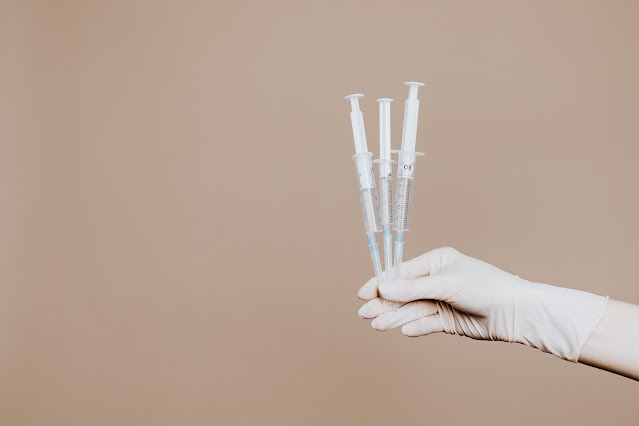Is 3D Printing Cheaper Than Injection Molding?
In today’s manufacturing industry, injection molding versus 3D printing represents a classic debate of ‘old’ versus ‘new.’ Here, our custom injection molding expert determine whether or not 3D printing is cheaper than injection molding.
Overall quality
While comparing
at a mass scale is one thing, what happens when parts are compared
individually? Yes, 3D printed parts are functional, but their injection-molded
counterparts are better. This is mainly because the injection molding process produces
a singular unit in one shot of material, curing to produce a solid piece.
3D printing is additive manufacturing. This means they’re built up in iterative
pieces of material, increasing the likelihood for issues to be introduced
throughout the part’s printing process. In contrast, injection molded parts are
produced in bulk at industry-grade compliance standards directly from the mold.
Simply put, 3D
printing makes sense for very quick turnaround projects, short-run projects of
around 10 to 100 pieces, and prototyping. However, if you want to craft quality
parts in bulk, ensuring they’re functional and don’t need much finishing,
injection molding is the way to go.
Generally, the upfront cost for 3D printing is lower than injection molding. While it essentially takes the same skill to map the part itself in CAD software, 3D printing can print directly from a file whereas injection molding requires tooling and mold before the injection molding process begins. To create molded parts, it takes substantially more skilled labor to run the equipment. However, creating individual parts comes at a lesser cost compared to 3D printing. This means, that while the injection molding process has a greater upfront cost, the cost becomes cheaper for every additional unit created compared to the flat production cost associated with 3D printed parts.
Time
There’s no
denying that a 3D-printed part can be produced quickly. However, compared to
injection molding, the amount being produced at once is low as the injection
molding process can mold a large number of parts at once. In addition, the rate
of part failure is much lower in injection molding. So, injection molded parts
have a greater chance of successfully passing the inspection process than their
3D printed brethren. This means the time required to produce the same number of
parts through the injection molding process is less.
PTMS offers good quality plastic injection molding parts and offers value for customers
Since 2002, PTMS has been an ISO9001-2008 certified company.
Their plastic injection
molded parts are widely used in electronics, defense, plastic tooling,
printer, medical, home appliance, and automotive industry.
Get in touch with them directly for more information on their custom plastic injection molding service.





Comments
Post a Comment